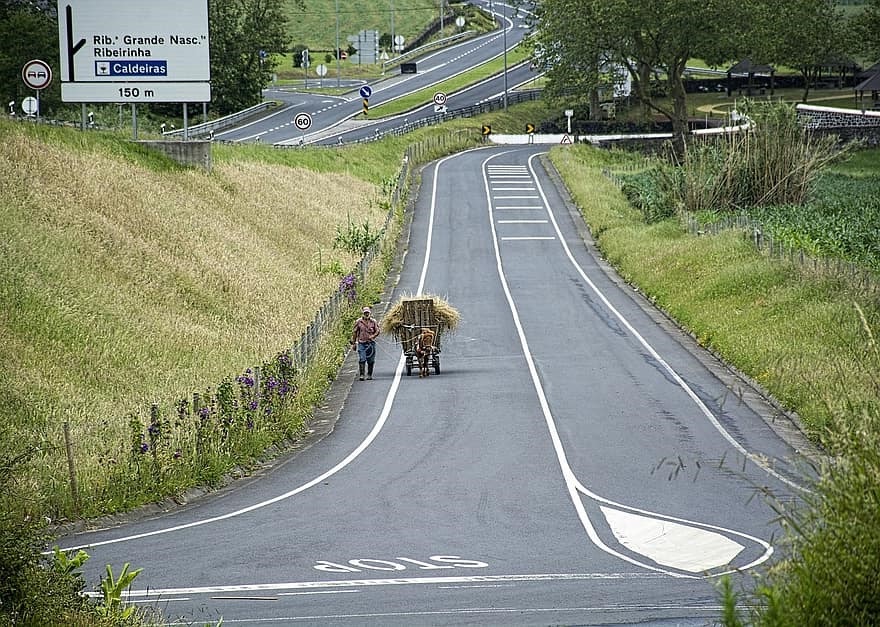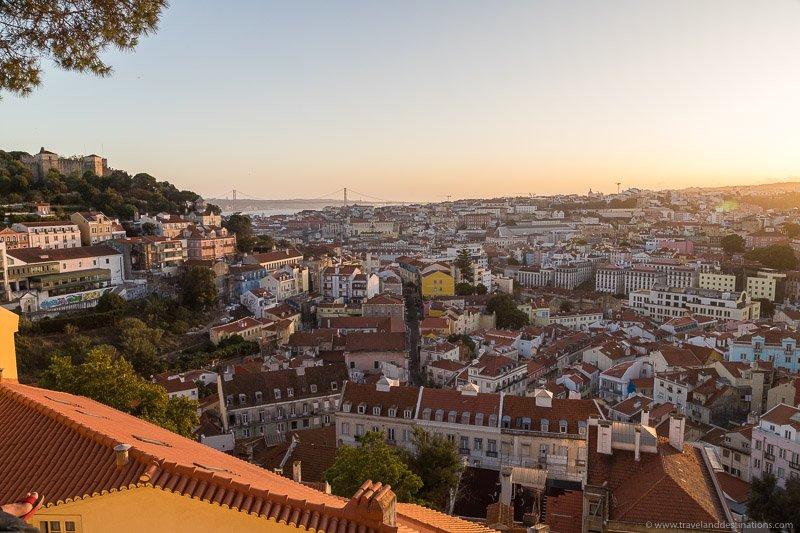Lisbon is the capital and the largest city of Portugal and also one of the oldest cities in the world, and the second-oldest European capital city (after Athens), predating other modern European capitals by centuries. Julius Caesar made it a municipium called Felicitas Julia, adding to the name Olissipo. After the fall of the Roman Empire, it was ruled by a series of Germanic tribes from the 5th century; later it was captured by the Moors in the 8th century. In 1147 Afonso Henriques conquered the city and since then it has been the political, economic and cultural centre of Portugal.
Things To See And Do In Lisbon

Baixa is Lisbon’s historic heart and commercial centre. Neoclassical architecture, built after the 1755 earthquake, surrounds Commerce and Rossio squares. Bustling pedestrianized streets are lined with traditional seafood restaurants and souvenir shops.
The National Museum of Contemporary Art, in the upscale Chiado area, shows Portuguese art from the mid-1800s to today, and the Santa Justa Lift offers city views.
The steep streets of Alfama, one of Lisbon’s oldest areas, are lined with shops selling traditional crafts and cafes. Passengers pack the historic no. 28 tram, which winds through Alfama on its way up to 11th-century São Jorge Castle. Views from Miradouro da Graça terrace stretch over the city to the River Tagus. In the evening, melancholy Fado music can be heard in some of the area’s long-running restaurants.
Eating Out In Lisbon
The Portuguese love olives; they eat a lot of cheese and use sautéed onion and garlic as the basis of almost all their dishes. All very Mediterranean customs. However, coriander is the national aromatic herb. Ginger and chillies give an exotic touch to some of the dishes, such as the popular “Piri-Piri” chicken, garnished with a chilli sauce which also goes perfectly with barbecued fish.
Soup is a mainstay of the Portuguese dinner table. The best known of all is probably “Caldo Verde” (cabbage soup), considered the national Portuguese dish, actually more common in the home than cod.
The Portuguese are big fish-eaters – they love it. More than 80 different varieties are caught off its coast, including clams and mussels, but the star is cod, which comes from the North Atlantic rather than Portuguese waters. It can be cooked a hundred different ways. Sardines and red mullet are favourites amongst Lisbonites, while octopus is a great weakness throughout the country.
Getting Around In Lisbon

A traditional form of public transport in Lisbon is the tram. Introduced in 1901, electric trams were originally imported from the US and called the americanos. The earliest trams can still be seen in the Museu da Carris (the Public Transport Museum). Other than on the modern Line 15, the Lisbon tramway system still employs small (four-wheel) vehicles of a design dating from the early twentieth century. These distinctive yellow trams are one of the tourist icons of modern Lisbon, and their size is well suited to the steep hills and narrow streets of the central city.
There are four commuter train lines departing from Lisbon: the Sintra, Azambuja, Cascais and Sado lines, as well as the fifth line to Setúbal, which crosses the Tagus river via the 25 de Abril Bridge.
Lisbon is only five hours from the city of Faro on the Algarve coast. From Santa Apolonia train station there are trains to Madrid and Paris. The Eurailpass is valid throughout the country’s rail network.
The local bus service within Lisbon is operated by Carris.
There are other commuter bus services from the city (connecting cities outside Lisbon, and connecting these cities to Lisbon)
Lisbon is connected to its suburbs and throughout Portugal by an extensive motorway network. There are three circular motorways around the city; the 2ª Circular, the IC17 (CRIL), and the A9 (CREL).
The city is connected to the far side of the Tagus by two important bridges:
- The 25 de Abril Bridge, inaugurated (as Ponte Salazar) on 6 August 1966, and later renamed after the date of the Carnation Revolution, was the longest suspension bridge in Europe.
- The Vasco da Gama Bridge, inaugurated in May 1998 is, at 17.2 km (10.7 mi), the longest bridge in Europe.
- Another way of crossing the river is by taking the ferry.
Lisbon Airport is connected to the downtown by 44 and 45 buses departing from the tourist office, which takes just 20 minutes.
A Tip For Lisbon
On the 2nd and 4th Sunday of every month a large flea market, Feira de São Pedro, which dates back to the time of the Christian Reconquest, is held in the township of São Pedro de Sintra. At this popular market, you’ll find local antiques and handicrafts for sale.







